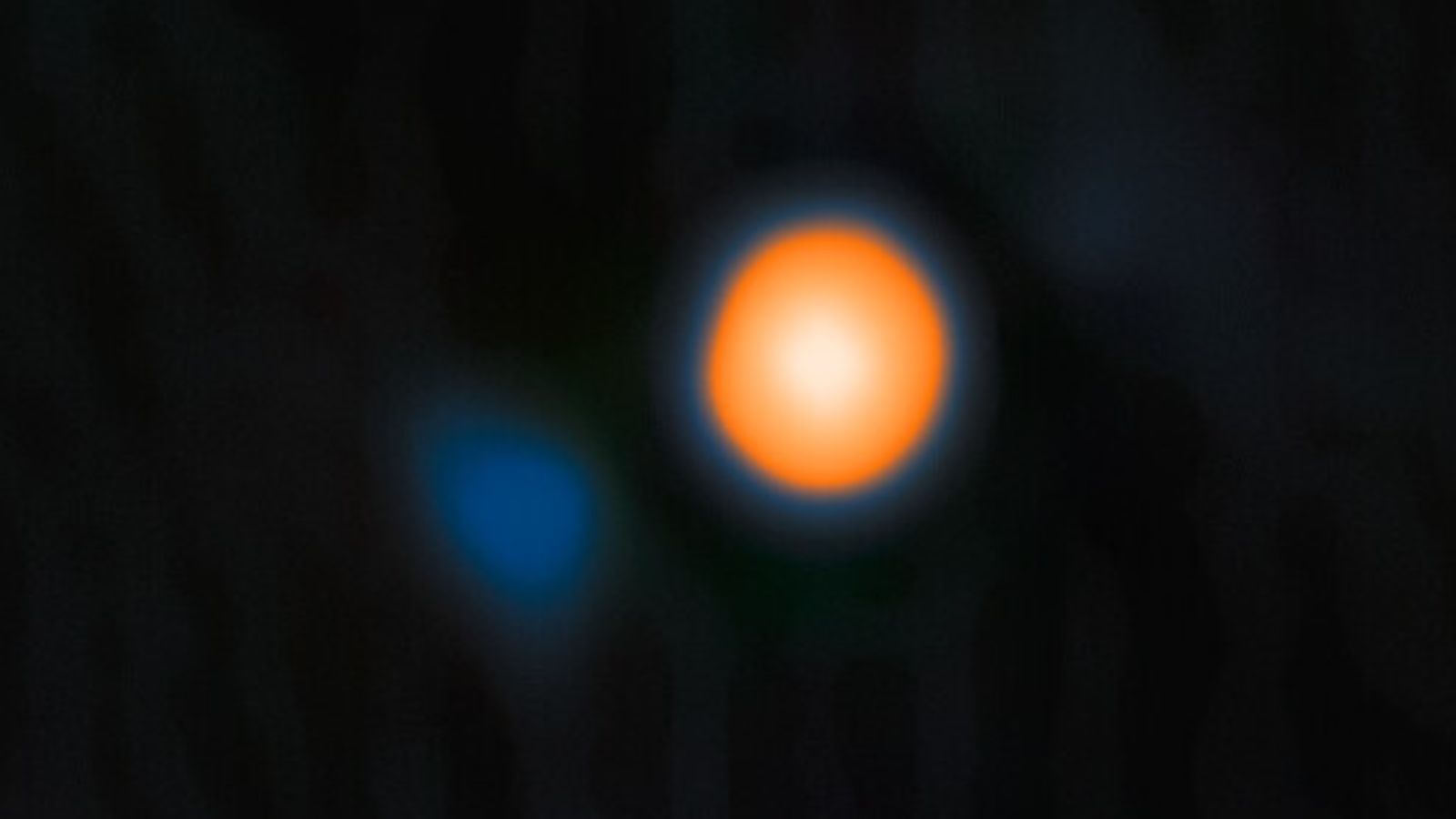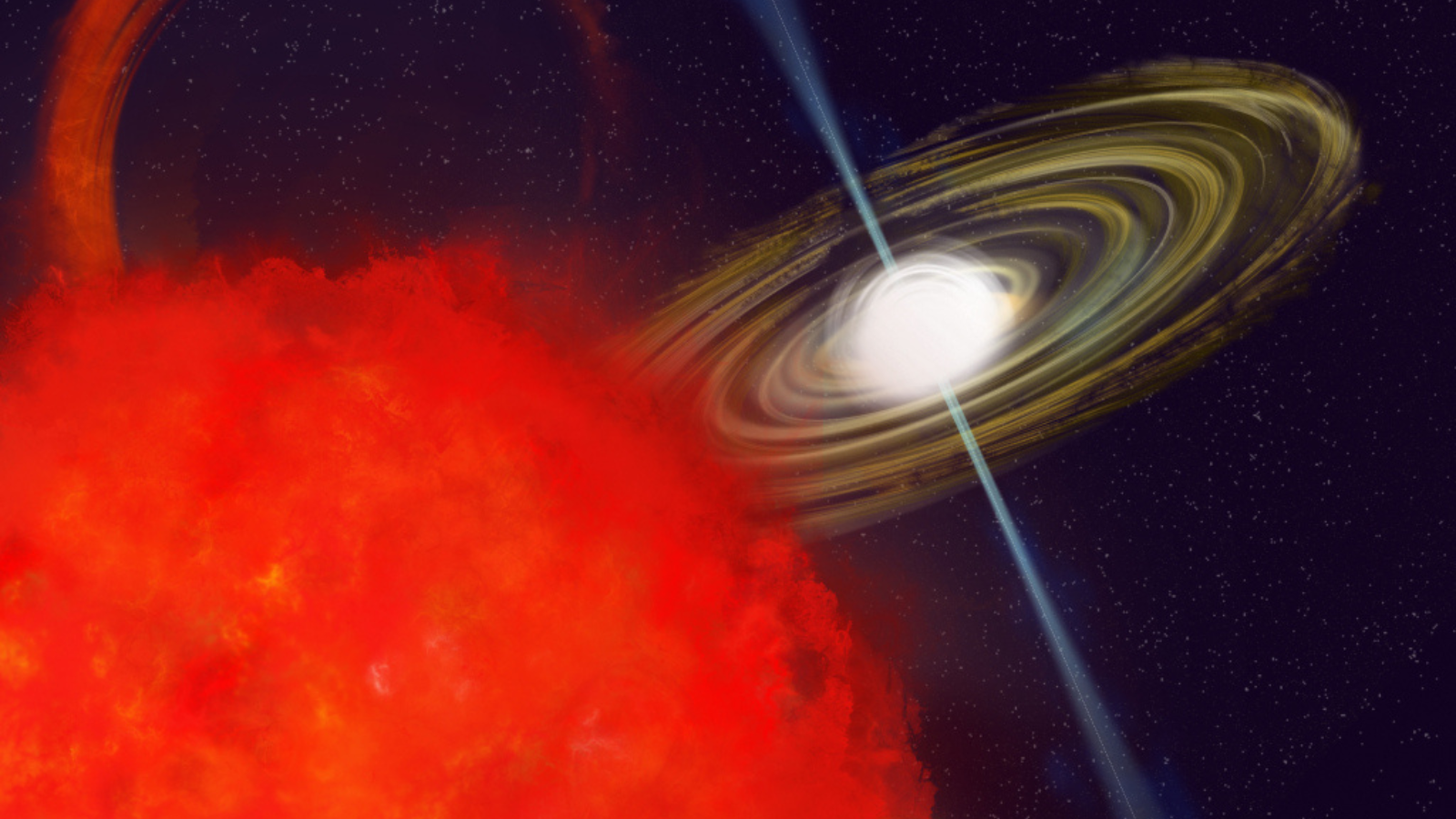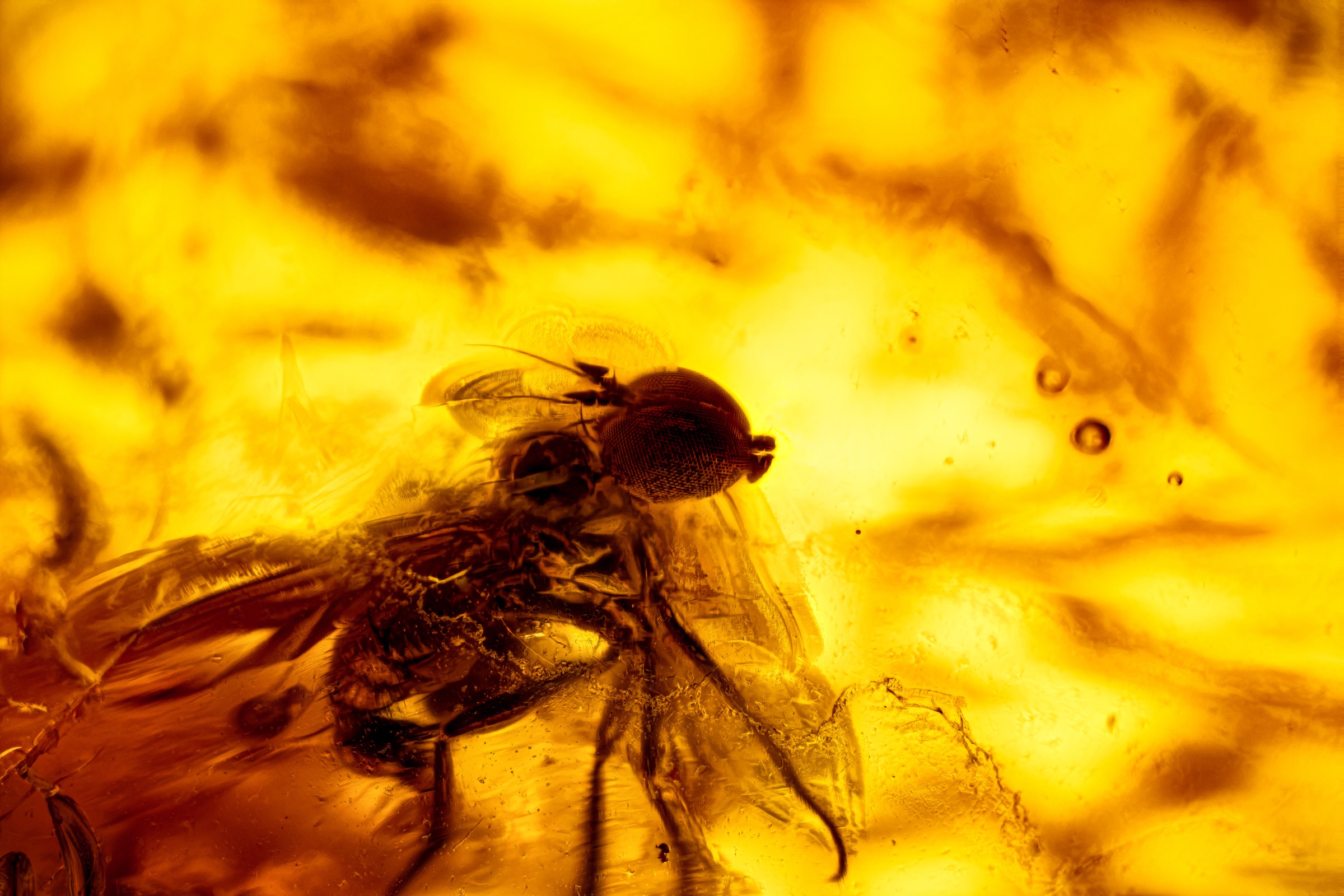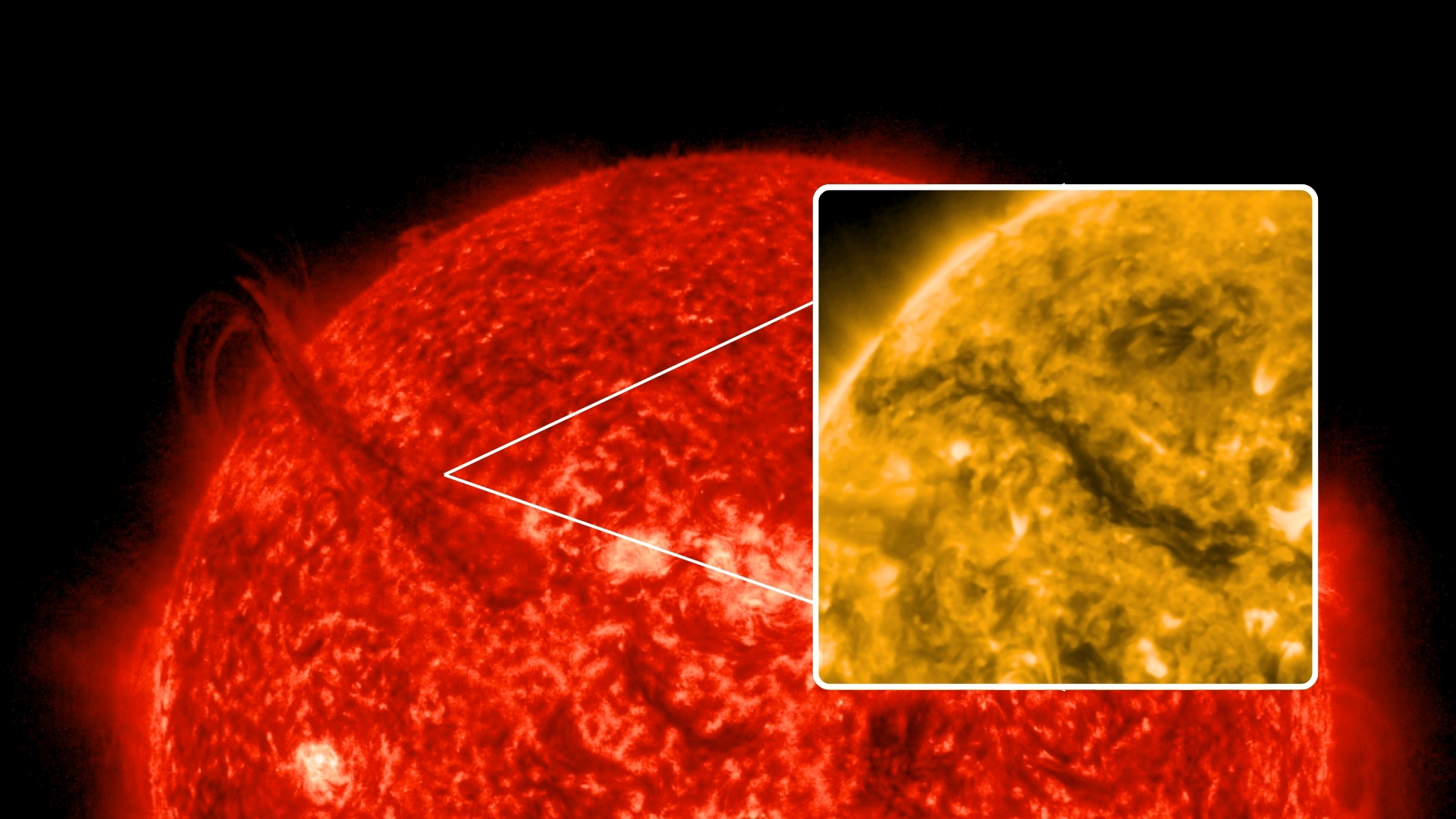Astronomers Discover Betelgeuse's Hidden Companion: A Shocking Revelation About Our Night Sky!

What if I told you that a star we’ve been watching for centuries is not alone but is, in fact, doomed to swallow its companion? Yes, you heard that right! Astronomers have finally laid eyes on the elusive companion star of the iconic Betelgeuse, and the fate awaiting this duo is nothing short of breathtaking.
Betelgeuse, a colossal red supergiant, has long captivated stargazers as one of the brightest stars visible from Earth. But over the years, its unpredictable brightness has puzzled scientists. This mysterious flickering has now been partially explained with the discovery of its nearby companion star, spotted using the groundbreaking ‘Alopeke instrument on the Gemini North telescope. Imagine being able to visualize a star that orbits so closely to another it could become a cosmic meal!
The revelation comes from astronomers who have been keenly observing Betelgeuse. For centuries, this stellar giant has been a subject of fascination, its brightness varying over a regular six-year cycle. But there’s a twist in the tale: while the recent six-year dimming cycle had scientists scratching their heads, it was the infamous “Great Dimming” in 2019 that truly shocked the world. This unexpected event stirred up wild theories suggesting that Betelgeuse might be preparing for a cataclysmic supernova explosion.
However, as it turns out, the 2023 mystery was solved by a giant cloud of dust ejected from Betelgeuse itself. Now, with the unveiling of its companion star, astronomers believe they can better understand the regular dimming patterns associated with Betelgeuse.
With its regular dimming periods lasting 400 days, Betelgeuse has exhibited a longer six-year cycle that has puzzled humanity for eons. The quest to uncover the truth about these oscillations led to the use of the Gemini North telescope, which allowed scientists to pinpoint the well-hidden companion star hiding in Betelgeuse’s shadow.
Utilizing advanced speckle imaging techniques that counter the distortive effects of Earth’s atmosphere, the ‘Alopeke instrument enabled astronomers to capture this faint star for the first time. And what they found was astonishing! The companion star, approximately 1.5 times the mass of our Sun, is a hot blue-white star orbiting Betelgeuse at a distance four times that of the Earth from the Sun, making it exceptionally close for a binary star system.
However, here's the kicker: this companion star hasn’t even begun to burn hydrogen in its core yet. So, while Betelgeuse is nearing the end of its fiery existence, this companion star is still in its infancy—an ironic twist to their cosmic tale—like a toddler living in a house about to be demolished!
Sadly, the fate of the companion star isn’t bright. Betelgeuse’s immense gravitational pull is expected to draw in the younger star, leading to a catastrophic event within the next 10,000 years. What a heart-wrenching cosmic tale of destruction!
As researchers prepare for another look at this companion star in 2027, we can only marvel at the dramatic lives of these celestial beings and the mysteries they still hold. Through discoveries like this, we uncover more than just stars; we explore the very nature of existence and the universe around us.
With this groundbreaking research published in The Astrophysical Journal, we are left wondering: what other secrets lie within the vast cosmos waiting for us to discover?


















